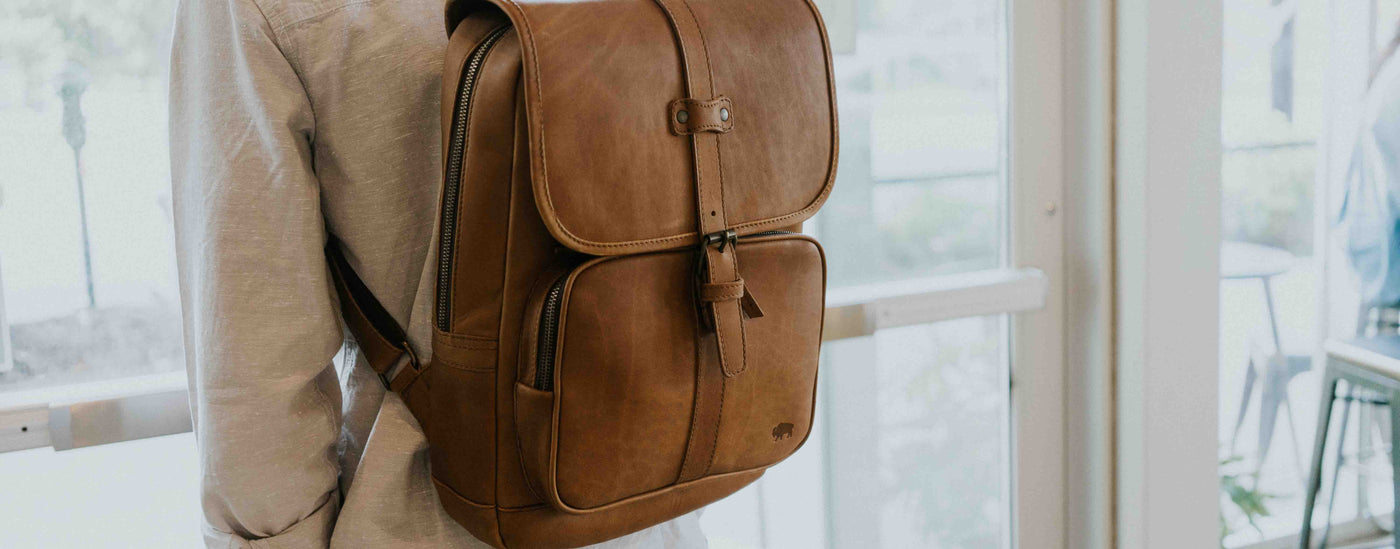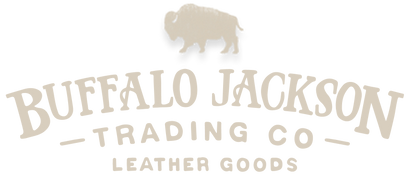Your Cart is Empty
Your Cart is Empty

The process of making leather dates back to ancient civilizations and hasn’t changed much over the past several thousand years. Like dad always said - if it ain’t broke…
But just because it works, doesn’t mean it’s simple. Leather is made through a lengthy and complicated process - which makes us that much more grateful for the skilled artisans who do it.
Curing & Soaking: Hides must be preserved in order to prevent deterioration. These preservation methods involve salting, freezing, chilling, or the use of chemicals. Once the hide has been cured, it is left to soak in water in order to rehydrate the hide and remove any excess salt or dirt.
Liming & Fleshing: The primary purpose of liming is to remove any unwanted hair from the hide through the introduction of alkali. Once the hair has been removed, the remaining animal skin is referred to as a pelt. The pelt is then passed through a machine that removes any tissue from the flesh side. A pelt may also be split into layers at this stage.
De-liming, Bating, & Pickling: The alkali in the pelt must be gradually neutralized to avoid distortion. Enzymes are then applied to the pelt, causing it to flatten and relax. Finally, weak acids or salt solutions are applied to prepare the pelt for tanning (tanning requires pelts to be mildly acidic).
Choosing a Tanning Process: Vegetable, Mineral, or Oil. Then the pelts and tanning agent are added to a large drum. Once a pelt has been tanned, it is now considered leather.
Splitting & Shaving: A machine slices (splits) the leather into 2 layers; one of these will be without a grain surface. WIth the piece that has a grain surface, another machine is used to shave the non-grain side. (This is how leather is made to a desired level of thickness.)
Neutralization & Dyeing: Residuals are now removed from any previous chemical applications and additional tanning materials may be applied to create particular styles or effects. Any number of colors may also be applied at this stage.
Fatliquoring & Drying: The leather is lubricated with oil to ensure it is both flexible and soft; the absence of oil will cause the leather to become hard as it dries out. The leather is stretched and the grain surface is smoothed out. Overall, leather is generally dried until less than 20% of water content remains.
Staking & Dry Drumming: The leather is further massaged in a staking machine to ensure it is soft and flexible. It is then placed inside a rotating drum for extensive tumbling.
Buffing & Brushing: Buffing the leather produces a softer feel and can reduce thickness if needed. A thorough brushing removes any dust that has accumulated.
Finishing: This involves ensuring even color and gloss level, removal of any grain surface defects, and the addition of a protective, water-resistant surface.
So how is leather made? Through the hard work of skilled artisans, in the tradition of centuries past, performed with the utmost care. May we be inspired by their example. Want to see the work of our valued artisans? Check out our beautifully crafted leather goods.

